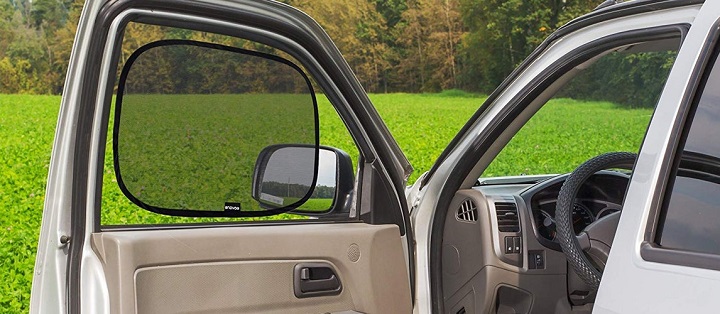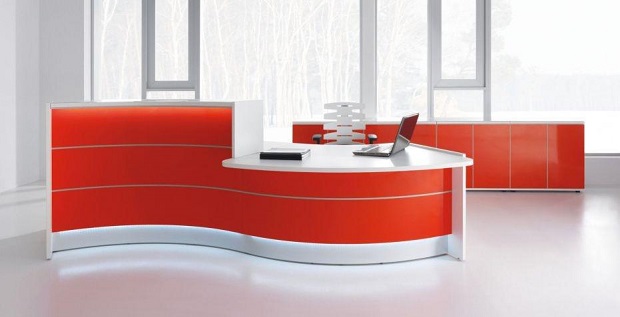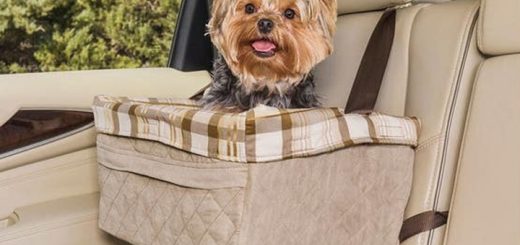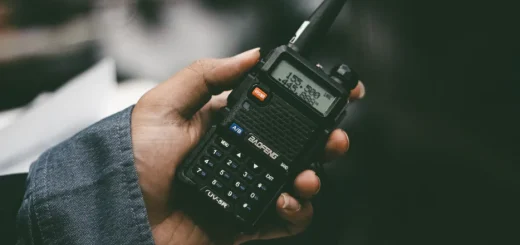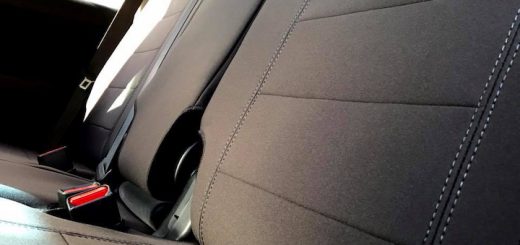Capture the Moment: A Comprehensive Guide to Cameras
Even though smartphones and tablets offer decent cameras, owning a separate device solely for taking pictures allows for more exploration of creativity in capturing images. After all, why stick to built-in cEven tEven though smartphones and tablets offer decent cameras, owning a separate device solely for taking pictures allows for more exploration of creativity in capturing images. After all, why stick to built-in cameras when there is a diverse market of professional options that cater to different levels of expertise? Regardless of whether you pursue photography as a leisure activity or a professional career, selecting the perfect camera as part of your photography equipment can be an exciting yet daunting task.
Buy It or Rent It
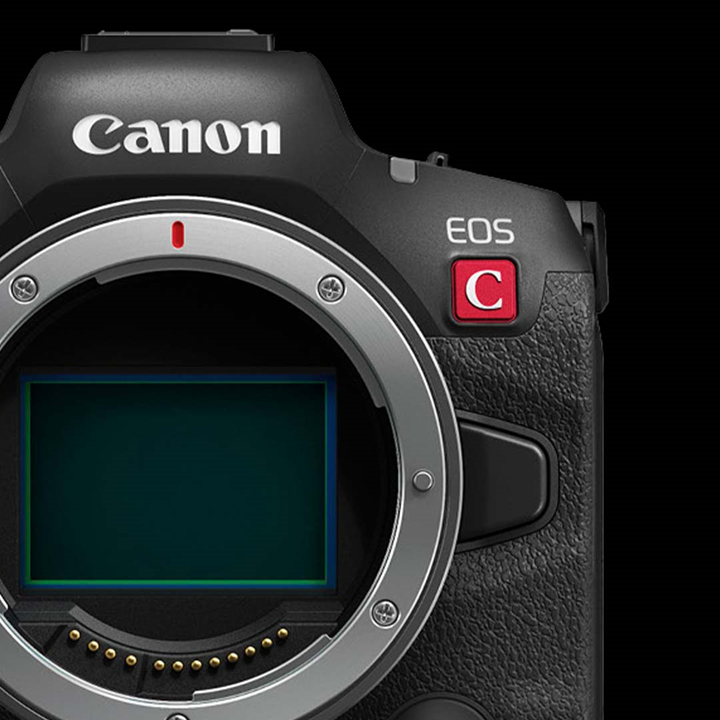
Buying new gear isn’t always necessary especially if you’re only planning to use an item once or twice in your life. In situations like that, it’s best to hire a camera to professionally capture your memories and save money in the long run. Renting is also the perfect option when you need a few key items you won’t use regularly – think specialist lenses, high-powered studio flashes or backdrops.
Sure, hiring enables you to use specialised products for one-time usage, but it also allows you to sample before you buy. Have your eye on a new camera, or lens, but you’re not sure if you’ll enjoy it or not? You may probably find out before investing thousands of pounds if you rent it for a few days. You can hire cameras from a wide range of businesses, including physical stores and, of course, internet-only merchants.
When renting equipment, preparation is key, particularly if you’re renting for a client event or a production that needs to be finished quickly. To guarantee that the things are in stock and that they will be available when you need them, try to reserve and order them well in advance.
You should also consider shipping dates. The majority of companies offer a variety of ways for you to pick up your gear: you can have it delivered to your home address, pick it up in person at a pick-up point (like a camera shop) or pick it up on-site (very convenient if you live close by or it’s en route to a shooting location).
When you hire a camera for the first time, you should prepare to fill out some paperwork and pay for insurance in the form of a damage waiver. Remember to factor in the cost of delivery, insurance, and any damage waivers when determining the final price. When settling on a fee with your client, you may want to take equipment rental for a commissioned session into consideration.
What to Look for in a Camera?
Whether you rent a camera or buy it, there are some important factors to take into account when choosing the right one for your needs and preferences.
Types
Digital single-lens reflex (DSLR) cameras focus, compose, and capture pictures using a single lens. They are therefore a well-liked option for both novice and expert photographers. The body and the lens are its two main components. These cameras, which have larger sensors, produce better low-light images and bokeh, as well as pleasing background effects. Additionally, their huge size provides excellent ergonomics, and their interchangeable lenses increase their versatility.
Mirrorless cameras can capture videos quickly and are small and light. They come with lenses that are either fixed or adjustable. The majority have full-frame or APS-C sensors. Mirrorless variants have fewer moving parts and are both discrete and silent.
On the other hand, compact cameras are designed to be more portable by being lighter. They will fit neatly in your pocket or bag because of their compact size. Point-and-shoot cameras are user-friendly and feature fixed lenses.
Image Quality
Without actually taking pictures and movies with a camera or a drone, it could be hard to assess the quality of the photographs that these devices create. Picking a potential model’s lens type is important because the lens type on a camera greatly affects image quality.
A lot of mirrorless and DSLR cameras have kit lenses. Slow changeable apertures and intermediate zoom are features of kit lenses. For hobbyists or beginner photographers, these lenses are a fantastic place to start. However, you can improve your shooting experience by splurging on on-camera accessories like prime and higher-quality zoom lenses.
Lenses
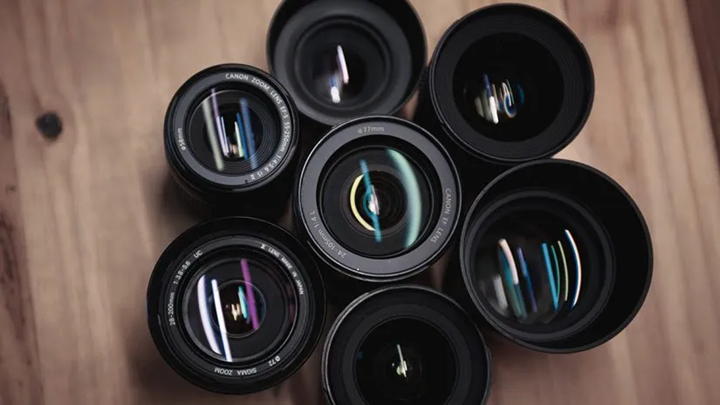
Lenses for cameras can be interchanged or fixed. To help narrow down your equipment options, first decide whether you’re comfortable having a fixed lens on your camera or if you need the flexibility of interchangeable lenses. Having a variety of lenses increases your creative possibilities and lets you explore a whole new realm of enjoyable photography. On the other hand, fixed-lens cameras have a prime or zoom lens and are simple to operate.
Size
Another thing to think about is the size of the camera. But size is a highly subjective matter. What may seem big to a beginner may appear small to a professional. Compact cameras might be difficult to use because of their too close-together buttons. It’s also important to consider how portable a larger camera is. Make sure your new camera fits into any current camera bags by taking measurements beforehand. Additionally, there are camera variants that come with grips for maximum comfort.
Speed and Performance
When purchasing a camera, the autofocus speed, frames per second (fps), startup time, and overall operational speed ratings are crucial specifications to look for. The number of images, shots, or frames a camera can record in a second is indicated by its frame rate (fps) rating. Smoother and sharper images or videos are available with higher frame rates. For instance, DSLR cameras “wake up” quicker than mirrorless and point-and-shoot ones.
Resolution
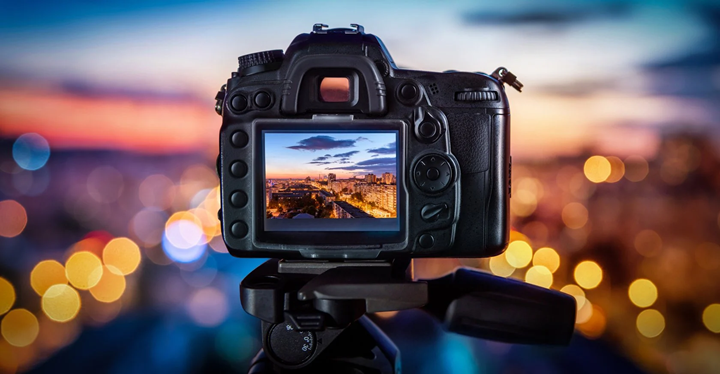
The resolution, expressed in megapixels, directly impacts digital cameras’ image quality. Although they provide better information, high-megapixel photos use more memory on your camera’s memory card. This may result in lengthier photo processing, storing, and sending times. Many people make a mistake when they assess the quality of camera images based on the resolution rating. The size of each pixel is influenced by the image sensor and has a greater impact on the quality compared to the resolution.
